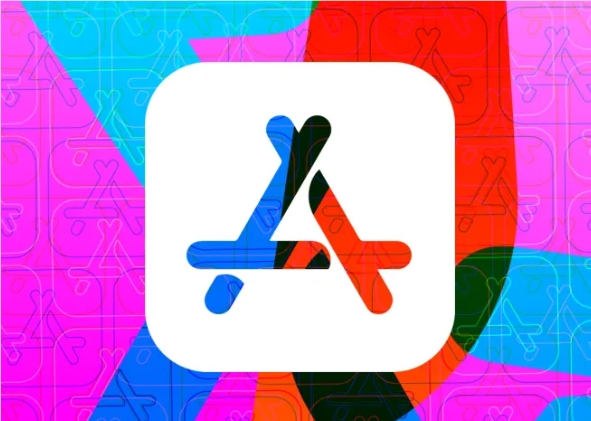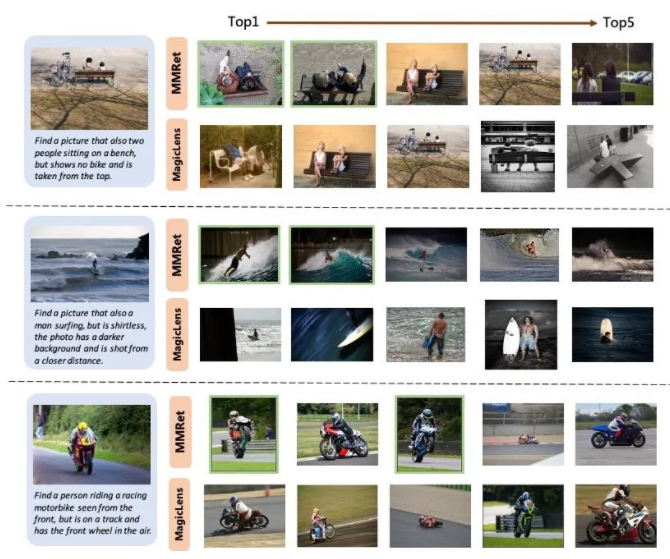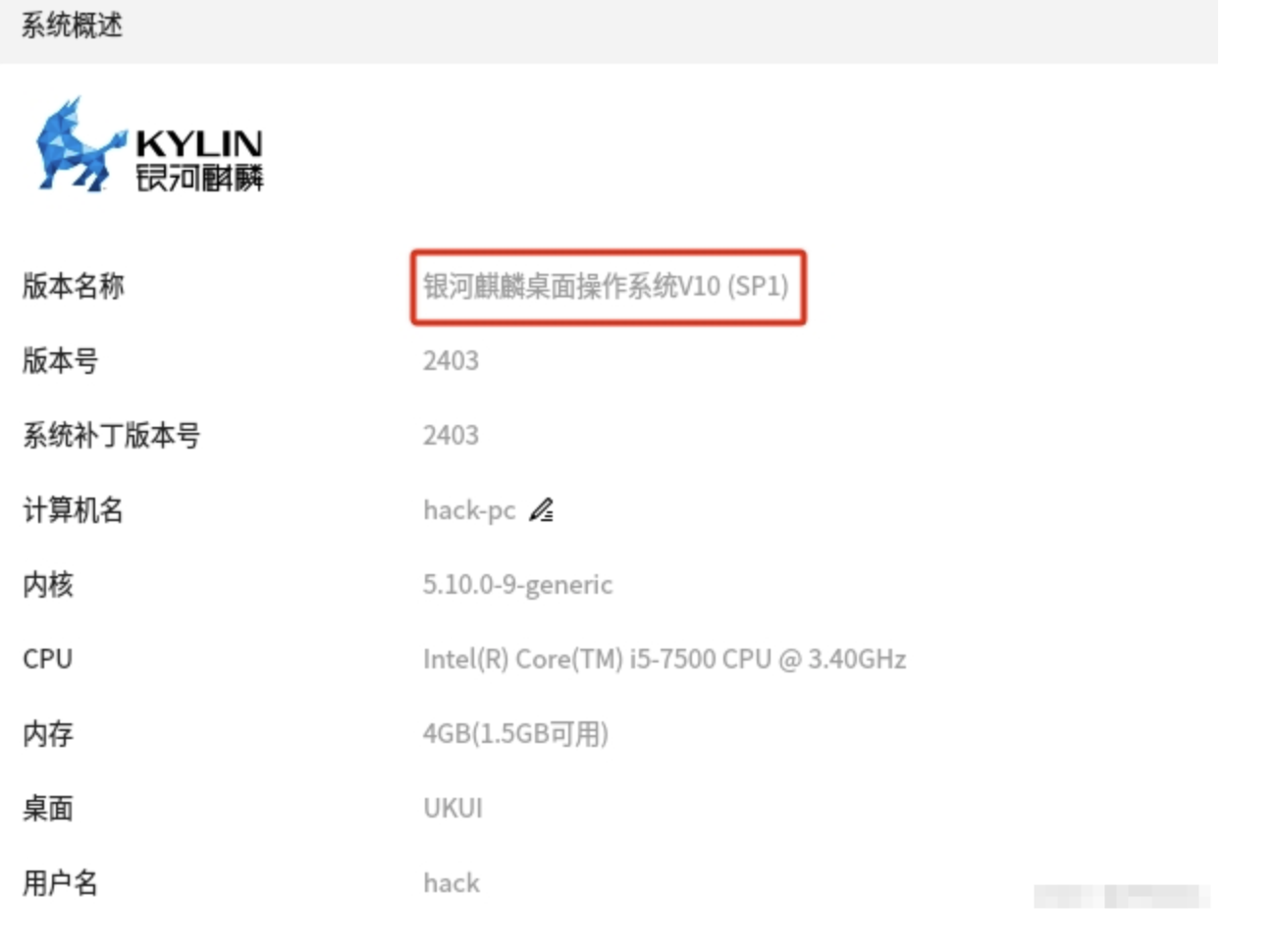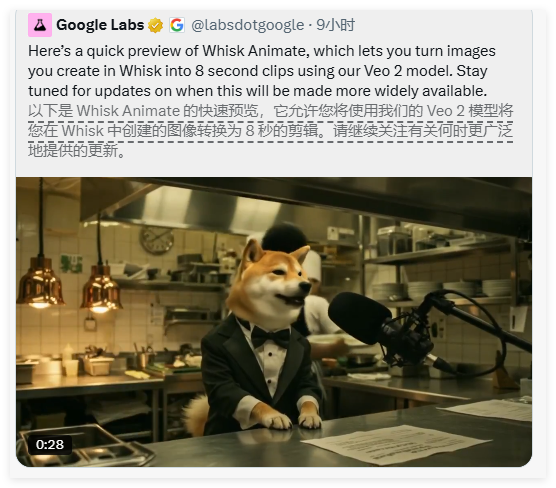At the 2025 Consumer Electronics Show (CES), Uber announced a partnership with Nvidia to further promote the use of its new generative world model simulation tool Cosmos and cloud-based artificial intelligence supercomputing platform DGX Cloud The development of autonomous driving technology. This move is aimed at improving Uber’s competitiveness and technological level in the field of autonomous driving.
Cosmos is a tool designed for robotics and autonomous driving companies that generates physics-based high-definition video from multiple inputs, simulating realistic industrial and driving environments. Behind it is a massive amount of data support, including 9000 trillion data tokens generated from 20 million hours of video. The use of this technology can help Uber test and optimize its self-driving algorithms in various complex environments.

In terms of self-driving technology, Uber does not develop it alone, but chooses to establish partnerships with multiple self-driving companies. In the past year, Uber has signed 14 cooperation agreements with companies including Waymo and Aurora Innovation, covering areas such as robot taxis, trucking, and sidewalk delivery. This “asset-light” model allows Uber to flexibly respond to market demands while leveraging the technical strength of its partners to accelerate the implementation of autonomous driving.
Looking back on Uber's development history in the field of autonomous driving, as early as 2015, Uber launched a self-driving project through cooperation with Carnegie Mellon University. Although it acquired self-driving truck startup Otto, Uber's self-driving business failed to advance as smoothly as expected due to various reasons. In 2018, Uber's self-driving test vehicle had a fatal accident in Arizona, which also put the company under pressure in the development of self-driving. Ultimately, Uber sold its self-driving unit to Aurora Innovation in 2020.
Today, Uber appears to be more committed to its role in connecting passengers with drivers, whether human or robot. Uber CEO Dara Khosrowshahi mentioned in the company's third-quarter earnings report that they and Waymo will launch services in only two cities this year, Austin and Atlanta, emphasizing the deployment of autonomous vehicles in new cities. The investment and preparation required to drive a service.
Although there are many challenges in advancing autonomous driving, Uber believes that through cooperation with NVIDIA, it can more quickly achieve safe and scalable autonomous driving solutions. “Working with NVIDIA, we are confident we can accelerate the industry’s timeline for safe and scalable autonomous driving solutions,” Khosrowshahi said in a statement.







